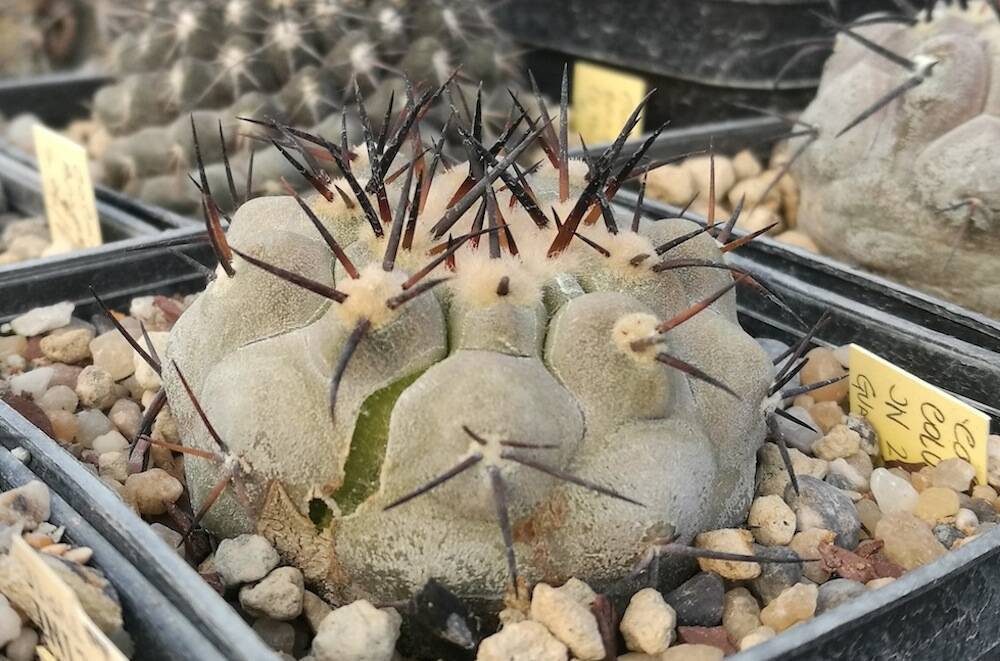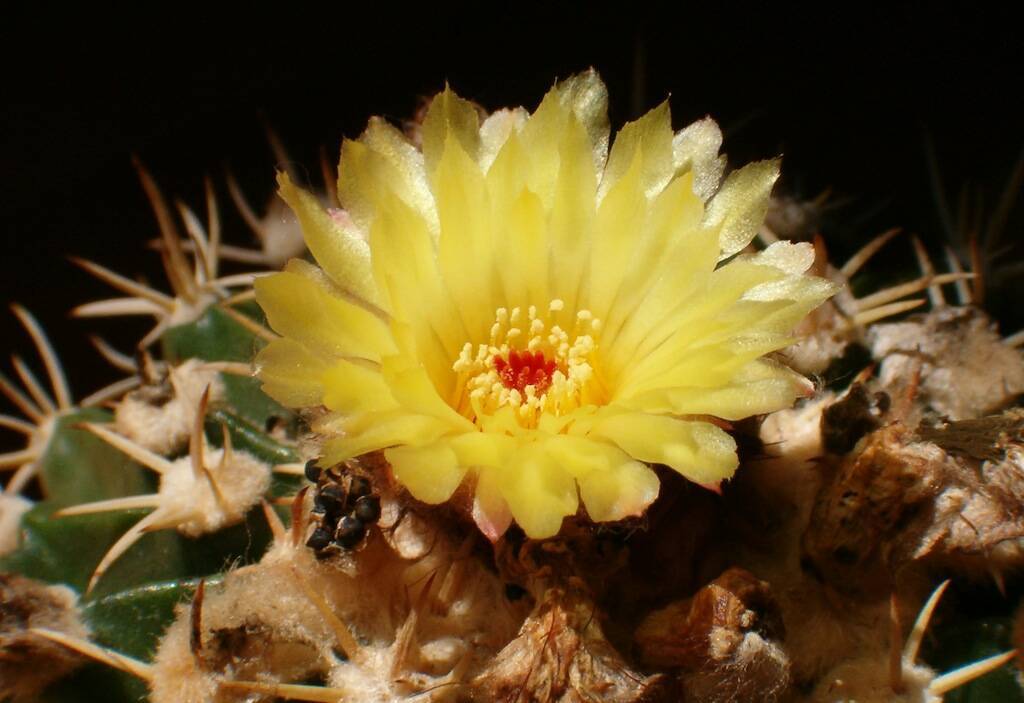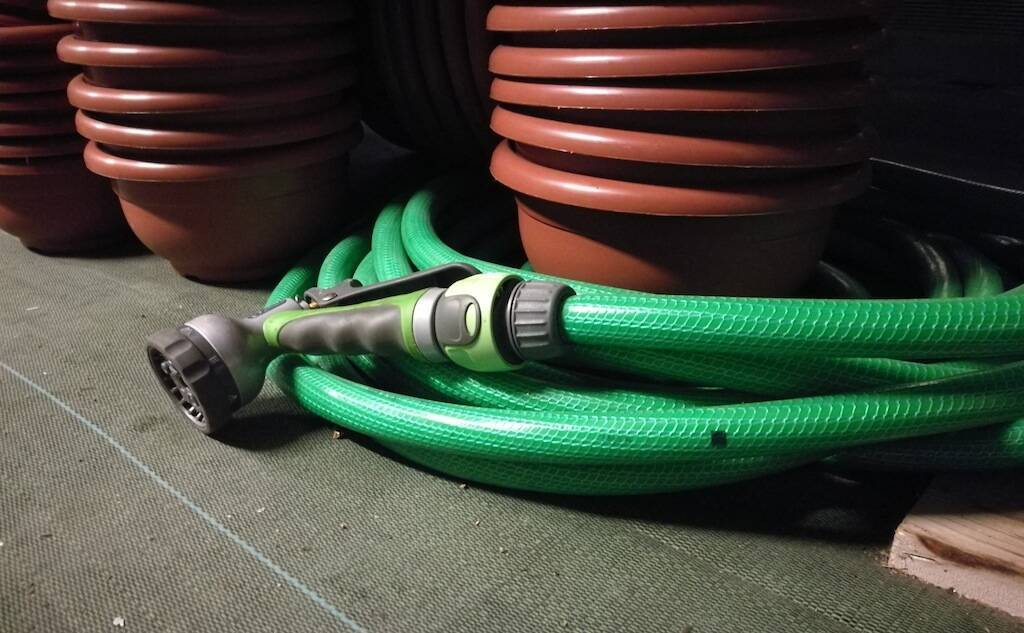Succulent plants, and cacti in particular, have evolved to accumulate water reserves and thus be able to deal with long periods of drought. In their natural habitats, cacti are subject to sudden changes in temperature between night and day, but also to an alternation between periods of total drought and periods of great water availability. In the sub-desert regions of the southern United States (California, Arizona, Texas, Nevada, etc.), as well as in Mexico, Central America and Latin America (Chile and Argentina, for example), during the growing season, corresponding to spring and summer, the hot, dry days are often abruptly interrupted by heavy downpours. If in nature the plants know how to manage these conditions without particular problems, in cultivation it can happen that the transition from the stasis season to the growth season, if accompanied by an overly “decisive” resumption of irrigation, gives rise to the phenomenon of splitting of the stems.
In this article we see how and why this phenomenon can occur, how to remedy it to prevent the plant from contracting rot and above all how to avoid splits. (…)
Per proseguire nella lettura dell'articolo Accedi o Abbonati
To continue reading the article LogIn or Subscribe





